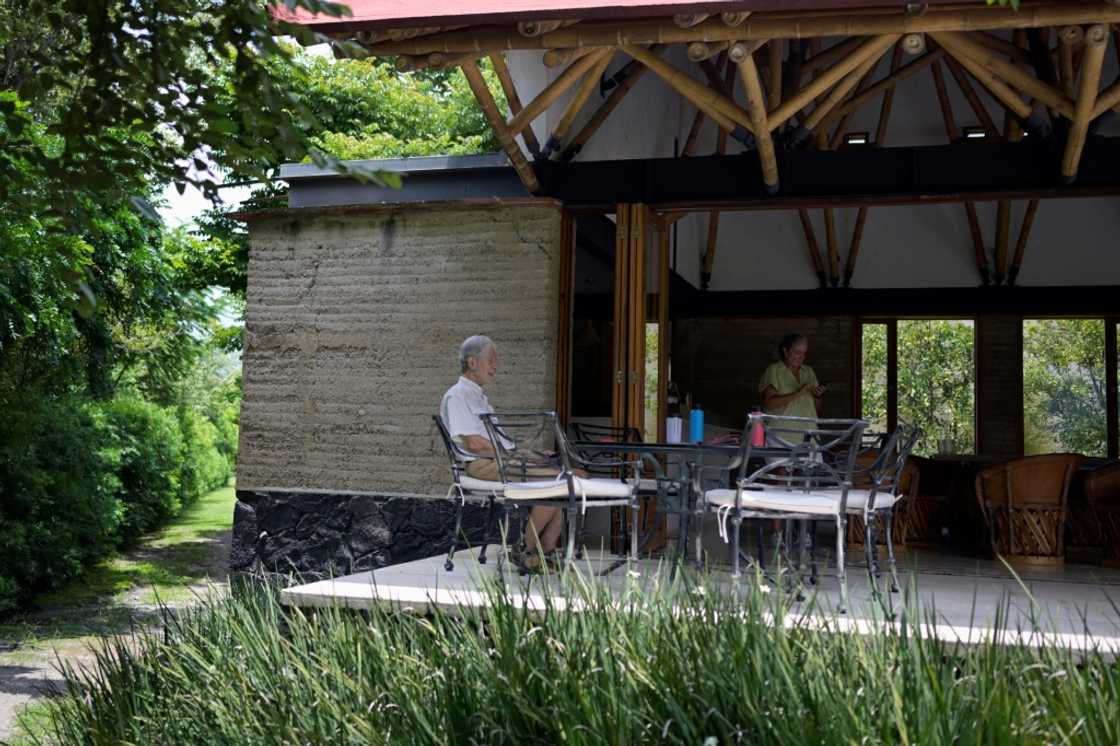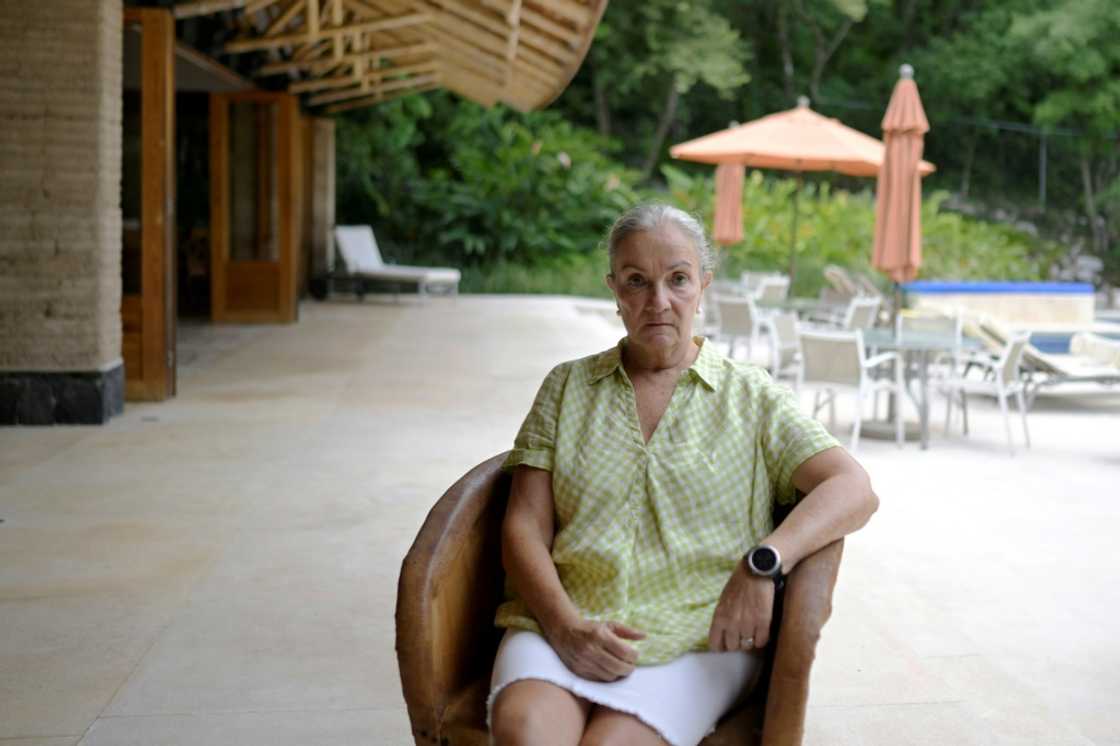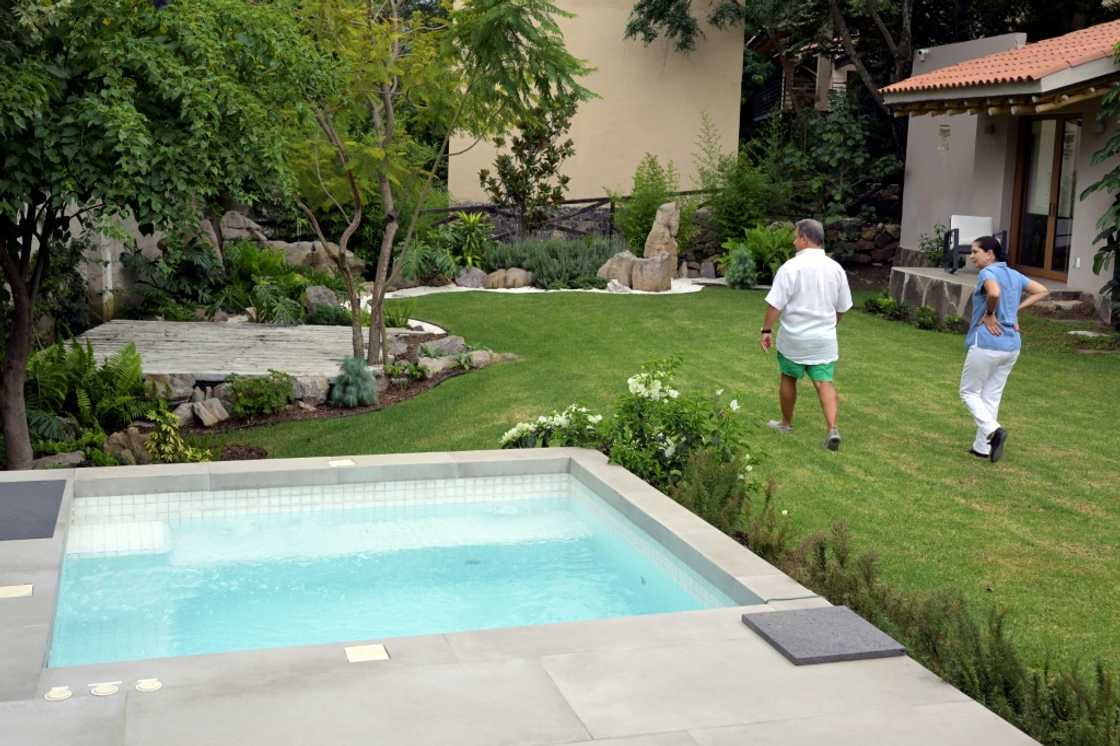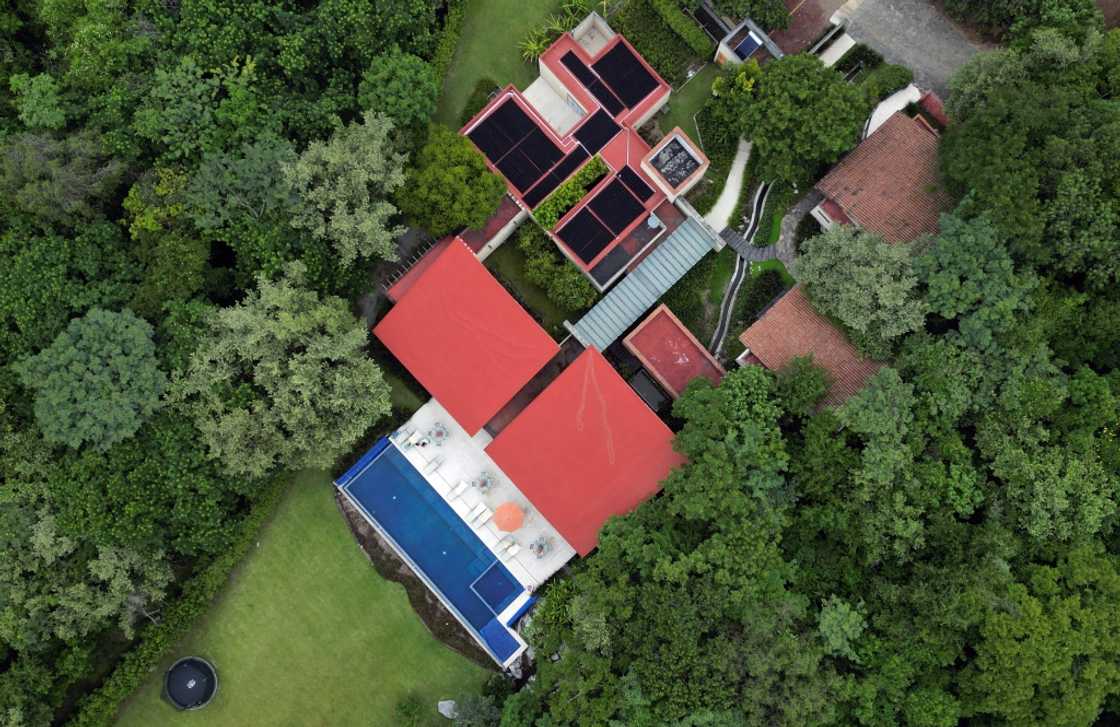Cohousing lets Mexicans grow old among friends

Source: AFP
Retired teacher Tesha Martinez and her husband swapped their home in the bustling city for a new life in Mexico's first cohousing project for silver-haired citizens.
It was a decision motivated in part by a wariness of nursing and retirement homes in a country whose family-oriented culture means relatives have traditionally cared for the elderly.
On a plot of land surrounded by forests and mountains, a group of 30 senior citizens have built six houses in Malinalco, a peaceful tourist town about 100 kilometers (62 miles) from Mexico City.
Six of them already live at "La Guancha" -- where there are plans to build nine more houses -- while the rest come and go, but hope to eventually spend the rest of their lives there.
"In my working life I gave and devoted myself because I received a salary. Now it's different because it's about collaborating," said Francisco Vigil, the husband of Martinez.

Source: AFP
PAY ATTENTION: Share your outstanding story with our editors! Please reach us through info@corp.legit.ng!
"I've learned that giving is much more satisfying than I could have imagined," the 61-year-old former automotive industry worker said.
In front of a large shared garden and a swimming pool, Vigil said the couple wanted their children to have lives of their own.
And they themselves want to grow old in more comfort than their parents.
The elderly "never get the care they need -- they're very alone," said Martinez, 65.
Sharing problems
The project was launched in 2009 by social sciences academic Margarita Maass, aiming to improve the quality of life of older adults.
Maass teamed up with acquaintances to buy the plot of land where, years later, its current owners built houses with walls of straw and clay.
They installed solar heaters for the water, which comes from rain and a canal fed by rivers.

Source: AFP
They planted mango, mamey, orange, guava and lemon trees.
"Cohousing is a very good solution for people who are alone," Maass said.
"People without much money share expenses and people with health problems share a doctor," she added.
Unlike with a nursing home, the group "decides how they want their home, where they want it, how big it is, the people and the financial resources," Maass said.
The concept of cohousing emerged in Denmark in the 1960s and has since spread to other countries.
There are a dozen such projects in Mexico, where children have traditionally taken on much of the responsibility for care of the elderly.
It is a trend that could continue due to population aging in the nation of around 129 million.
While Mexico is still a relatively young country, the proportion of the population aged 60 and over increased from 12.3 percent to 14.7 percent between 2018 and 2023, according to official figures.

Source: AFP
The fertility rate meanwhile fell from 2.07 to 1.60 children per woman on average.
Juan Manuel, a 20-year-old student, is among those who does not plan to have children.
He worries about not having "enough support or a place to live" when he gets older.
Maass thinks collaborative housing could be the answer.
She recalled a resident who had Alzheimer's disease and enjoyed his time at "La Guancha" playing dominoes, watching films or swimming.
Martinez has also tried to integrate herself into the local community in Malinalco, where about two-thirds of people live in poverty.
She teaches English and is involved in a ceramics workshop -- all part of what she calls her "new life" among friends.
PAY ATTENTION: Unlock the best of Legit.ng on Pinterest! Subscribe now and get your daily inspiration!
Source: AFP





